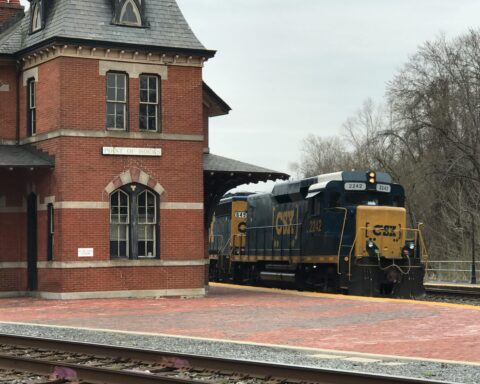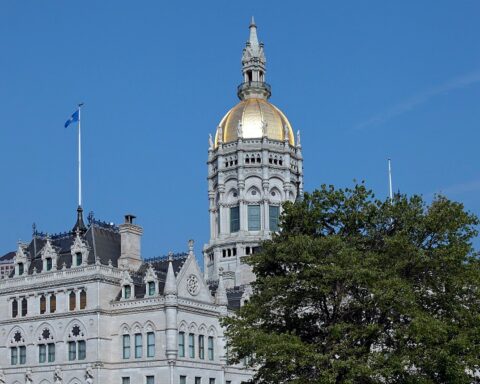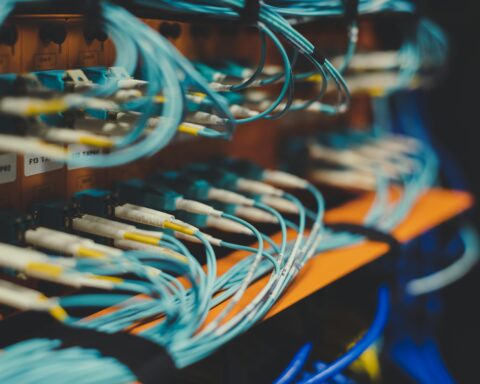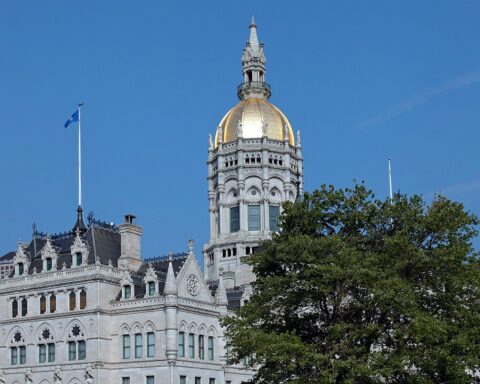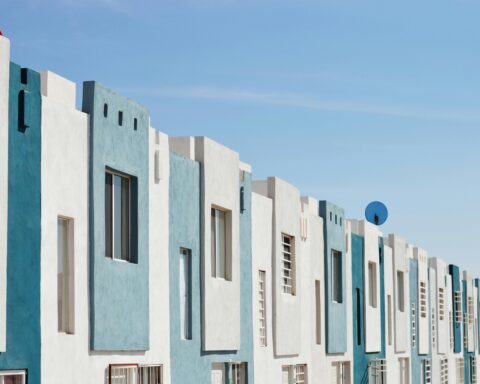Only two states have completed most of the steps necessary to receive federal funding designed to provide high-speed broadband nationwide, a new federal dashboard shows. The funds come from the Broadband Equity, Access and Deployment (BEAD) program, which prioritizes projects that deliver high-speed internet to areas that previously did not have broadband access.
The National Telecommunications and Information Administration (NTIA) is overseeing the distribution – more than $42.45 billion – to all 50 states, Washington, D.C, and five territories. In June, the NTIA released how much each state and territory would receive. Those entities must now create proposals to receive the funds.
These initial proposals will identify areas where residents need access to affordable broadband as well as at key neighborhood locations, known as Community Anchor Institutions, such as schools, libraries and health centers. Additionally, states must develop five-year plans summarizing long-term goals.
The proposal process involves eight steps that includes creating two proposal volumes, public comment periods and approval from the NTIA. The deadline to have all eight steps completed is Dec. 27.
Louisiana is one of two states as of Nov. 1 that have completed seven of the eight steps in the initial process. Thomas Tyler, deputy director of ConnectLA, the state’s office tasked with administering funds for broadband expansion, said communication with federal partners and other states has been key to moving forward with a sense of urgency.
“A need is there across all of rural America, and there are unserved and underserved communities not only in the rural areas, but also in urban areas as well,” he said.
About one-third of all Louisiana residents need access to reliable high-speed internet. The BEAD program will provide $1.35 billion for the state to connect all residents in serviceable locations to broadband, which is about 200,000 locations. Tyler said a challenge for the state is ensuring all broadband projects are climate resilient and affordable.
“We’re trying to design guardrails for our plan that ensure that providers can make a profit on the locations that they are awarded, but also that the networks we’re building are affordable for our residents,” he said.
In 2019, the state set a goal to connect all residents with high-speed internet by 2029. One of the state’s first steps was establishing the Granting Unserved Municipalities Broadband Opportunities (GUMBO) program using capital projects funds from the U.S. Treasury. The BEAD funding will continue those efforts as GUMBO 2.0, Tyler said.
Once the NTIA approves initial proposals, the next step is defining what locations need broadband service so providers can begin proposing projects in those areas. Louisiana aims to finish that list by early spring, Tyler said. Most states have a similar process, but the program allows for flexibility, he said.
“I think in general the program is set up to be successful because of the latitude that states have in governing these funds and ensuring that the connectivity is put in place appropriately,” Tyler said.
Virginia is the other state that completed seven steps. Another nine states – Colorado, Delaware, Kansas, Montana, Nevada, Ohio, Pennsylvania, Vermont and West Virginia – have completed five of the eight steps. Forty-nine states and territories have submitted the first volume to the NTIA.
Virginia will receive more than $1.48 billion to connect an estimated 162,000 homes and businesses that do not have broadband access and don’t already have a funded project to expand broadband access to the area.
State officials hope to fund projects that will deliver broadband access to all unserved and underserved communities by the end of 2024. The goal is to complete construction of projects by 2027-28.
Next steps include completing its list of areas are lacking broadband access and allowing local governments, nonprofits and providers to analyze the preliminary list of those 162,000 locations.
“Broadband is indispensable in today’s digital world,” said Tamarah Holmes, director of broadband for the Department of Housing and Community Development, in a news release. “We encourage our broadband partners to take part in the challenge process to certify no Virginian is left behind in this digital world.”





